On 20 February the Thursday walking club outing departed from Barrou. This was a bit challenging for me, as the last time we did this it was a very hot day and I nearly expired on the uphill bits with my heart going crazy. Fortunately, with my new diagnosis and treatment my heart coped (although it wasn't entirely happy). My knee coped too -- just, as it wasn't happy on the inevitable downhill sections. Luckily the temperature was in the mid-teens, so much more comfortable for walking. I survived, although I was last back to the cars. Here are some photos from the afternoon.
Wild Daffodil Narcissus pseudonarcissus subsp pseudonarcissus (Fr. Narcisse jaune).
This is the wild ancestor of many garden daffodil varieties.
Scots Pine Pinus sylvestris (Fr. Pin silvestre).
Lots of pine trees had come down in this section of the forest in the high winds we've had over the past few weeks.
Jane picks her way through the waterlogged ground.
The little mark in the middle of the photo isn't a bird, it's a bat, hunting in the daylight.
A sign warning that there are surveillance cameras in this privately owned forest parcel.
More and more forest owners are using trail cams to monitor trespassing activity.
A view of the Creuse Valley, looking towards Barrou, with the wind turbines at Pleumartin in the distance.
A perfectly charming view, which the wind turbines are not disturbing.
Chateau des Courtils.
In old French a 'courtil' is an enclosed garden close to a manor or a farm, so it is possible that in the Middle Ages this property was famous for its gardens. In around 1442 it was a fortified house owned by a vassal of the Baron of Preuilly, and some of the towers and ditches from that period survive. By the 16th century it had lost its defensive aspect, becoming a staging post for the many hunts that ranged across the Creuse Valley. In this period and the 17th century it was a vast aristocratic house, teaming with a constant stream of guests. Although vast it was modestly decorated and well integrated into the landscape. Two ranges of accommodation set at right angles, with ground floor, first floor with large windows and wooden shutters, topped by spacious attics lit by dormers. Between the accommodation wings a third element with a second floor to raise it higher.
In the mid-20th century most of this was rased and a modern building erected. The old buildings had never been listed as Historic Monuments, so they did not benefit from any protection, and had become very run down.
Corrugated iron shed.
************************************************
For details of our private guided tours of chateaux, gardens, wineries, markets and more please visit the Loire Valley Time Travel website. We would be delighted to design a tour for you.
We are also on Instagram, so check us out to see a regularly updated selection of our very best photos.
We are also on Instagram, so check us out to see a regularly updated selection of our very best photos.

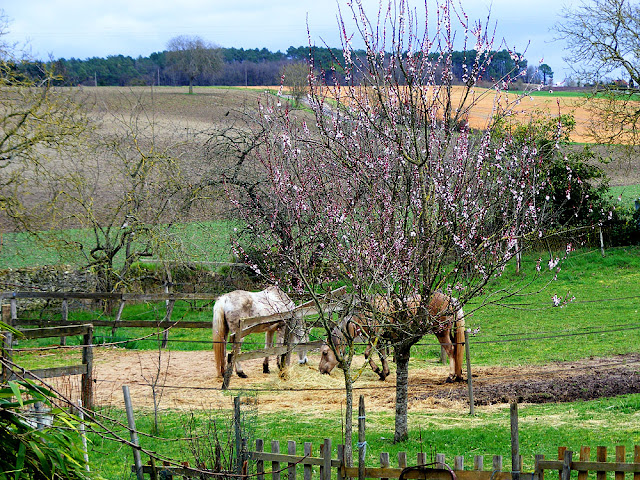

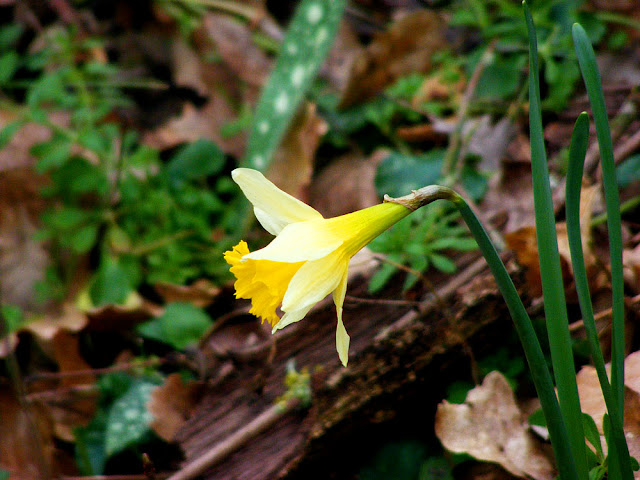


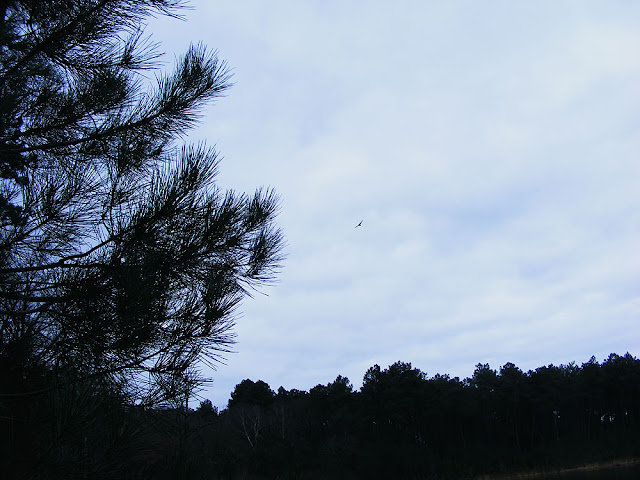

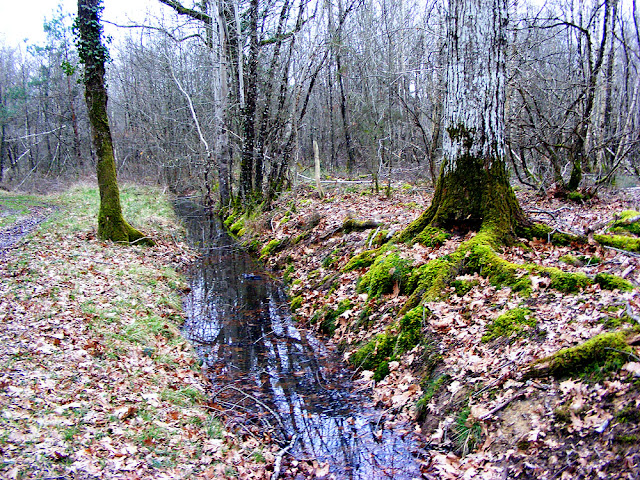


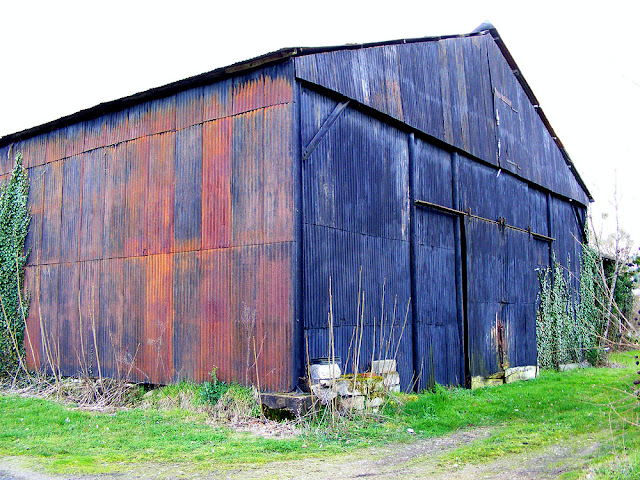
6 comments:
Susan... you said that you had an unhappy knee on the downhill sections....
do you use walking poles??
My knees ain't what they were... I use walking poles and really notice the difference.
Since the beginning of this year I always use walking poles for outings that are hikes. If I'm on a botany outing I don't unless I'm already in pain before I leave. They are a nuisance in many ways, but I'm learning to cope with them.
I use them for photography as well... I also have a walking monopod.
Why do you find them a nuisance?
re those security cameras...is it ok to walk thru those people's land or are they trying to discourage walkers or just hunters?
Hiking poles are a nuisance because it means both hands are encumbered all the time. I have a monopod but never use it. It's great for photographing things in a bush, but hopeless for photographing something on the ground.
It depends on whether the tracks through are designated as public or private, and whether people stick to the tracks or not.
Post a Comment